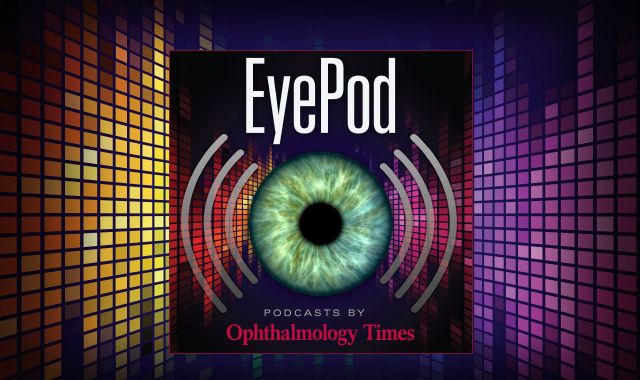Article
FDA grants LensAR laser system clearance for five upgrades
The FDA granted 510(k) clearance for five new performance applications in the LensAR Laser System with Streamline.
Orlando-The FDA granted 510(k) clearance for five new performance applications in the LensAR Laser System with Streamline.
This system is the first to enable automation of key surgical steps, according to the company.
Application upgrades include:
- wireless integration with the Cassini Corneal Shape Analyzer,
- iris registration,
- cataract density imaging,
- customized fragmentation patterns, and
- arcuate incision planning.
The new application facilitates wireless data transfer of preoperative corneal measurements to the laser, thus eliminating potential errors associated with manual data transfer. The ability to capture the preoperative iris registration data eliminates the manual ink marking needed to adjust for cyclorotation that can occur when a patient reclines during surgery.
The new application can gauge cataract density and automatically assigns the cataract to a pre-programmed surgeon-customized fragmentation pattern. Surgeons can automatically isolate fragmentation to the nucleus, which will positively affect the surgical efficiency.
Finally, the application provides an arcuate incision-planning table that allows determinations of the location, depth, and extent of the incisions based on individual patient biometric measurements. All surgeon preferences can be retained in the laser system.
“The laser cataract surgery landscape continues to mature and evolve,” said Robert Weinstock, MD, from the Eye Institute of West Florida, Largo, FL, and who was involved in beta testing of the new applications.
“This latest software approval . . . bridges the missing gap of iris registration and the reduction of cyclotorsion errors in laser arcuate incision placement,” Dr. Weinstock said. “This should hopefully lead to better refractive outcomes for our patients.”
In addition, the Scheimpflug imaging system and its ability to delineate the nuclear size and density allows the software to deliver a customized fragmentation pattern specific to that cataract.
“This adds a level of precision that had previously not been possible,” Dr. Weinstock said.
The upgrade package will provide improved surgeon and procedure efficiency, a substantial reduction and possible elimination of phaco energy delivered to the eye, more rapid patient recovery, and greater patient comfort, according to the company.
Additionally, the upgrade package is available for all users of the LensAR Laser System and the Cassini Corneal Shape Analyzer.
Newsletter
Don’t miss out—get Ophthalmology Times updates on the latest clinical advancements and expert interviews, straight to your inbox.





